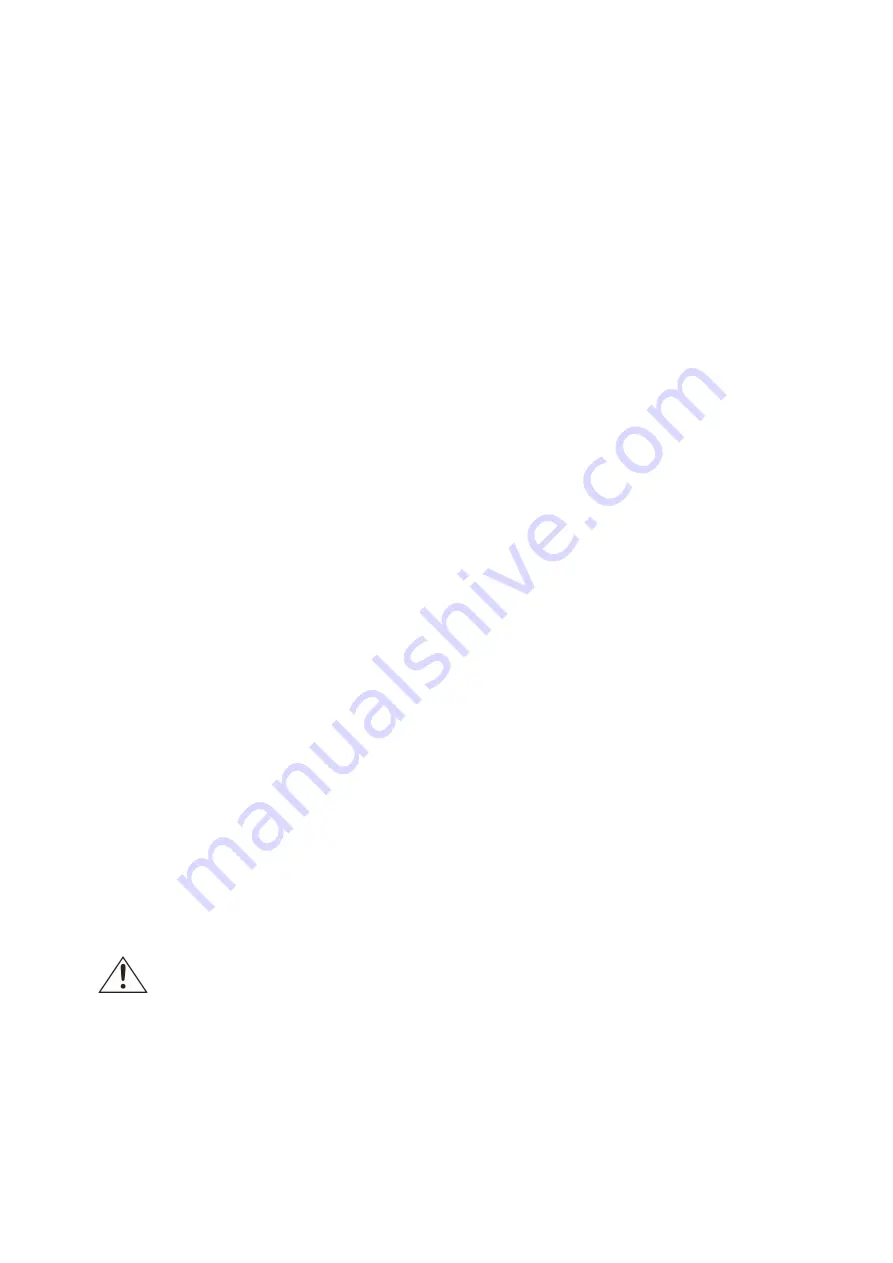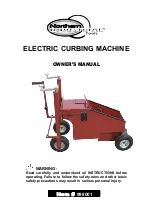
Page of 12
9
with an inside trowel (not included).
Finishing Into a Solid Object:
When installing curbing into a wall or other existing structure, the last two or three feet will need to
be finished by hand. To do so, stop the curb machine and remove it from the curb line. Shovel
some concrete onto the ground, hand pack it, and then shape it with a finishing hand trowel.
Cutting Control Joints:
1.
Control joints should be cut every 3 feet. If you are in an area where there is a lot of ground
movement or freezing in the winter, control joints should be cut every 3 feet for the Mower’s
Edge Style Slip Form (1A) and every 4 feet for the Curb Style Slip Form (1C). This is done
with a heavy bladed butcher knife (not included).
2.
With a butcher’s knife, cut about halfway through the concrete before it sets, pulling the
knife carefully out the front or back (usually within 15 to 30 minutes) after the concrete is
poured.
3. It is also recommended that on sharp turns a control joint be cut on the sharpest portion of
the curve to relieve the pressure in case of ground movement. The purpose of this control
joint is to allow the concrete to move with the ground rather than forcing hairline cracks in
the concrete.
Sealing:
Once the job is finished, you may to apply a concrete sealer. Sealers aid the concrete in curing
and seal out water and other concrete damaging elements.
When the Job Is Finished:
1. Turn off the machine, unplug it, and remove its Slip Form.
2. Clean the Hopper, Chute, Slip Form, and exterior Body of the curb machine thoroughly with
water.
3. Clean excess cement off the front edge of the curb, off the grass and other vegetation.
4. Once the concrete is stable, the front and back edges of the curb can be filled in with soil.
Caring For the New Curbing:
1. Most cement products require approximately 28 days to totally cure. During the first 24
hours, take extra precaution to protect the cement from damage. During the first 24 hours,
the new curbing will be “soft,” and it can crumble slightly or become scratched if sharp
objects come in contact with it or excessive weight or pressure is put on it.
2. Some fertilizers and chemicals will stain the new curbing. Alert those using fertilizers and
chemicals to avoid spraying on the curbing. If fertilizers and chemicals come in contact with
the new curbing, immediately hose it down thoroughly.
3. During the first 24 to 48 hours, avoid direct sprinkler impact on the curbing. After 24 hours, a
fine mist will not cause any damage.
MAINTENANCE
WARNING:
Make sure the Power Switch (14) of the Curb machine is in its
“OFF”
position
and the machine is unplugged from its electrical outlet before performing
any inspection,
maintenance, or cleaning procedures
.
1.
Before each use,
inspect the general condition of the Curb machine. Check for loose
screws, misalignment or binding of moving parts, cracked or broken parts, damaged
electrical wiring, and any other condition that may affect its safe operation. If abnormal noise
or vibration occurs, have the problem corrected before further use. Do not use damaged
equipment.






























